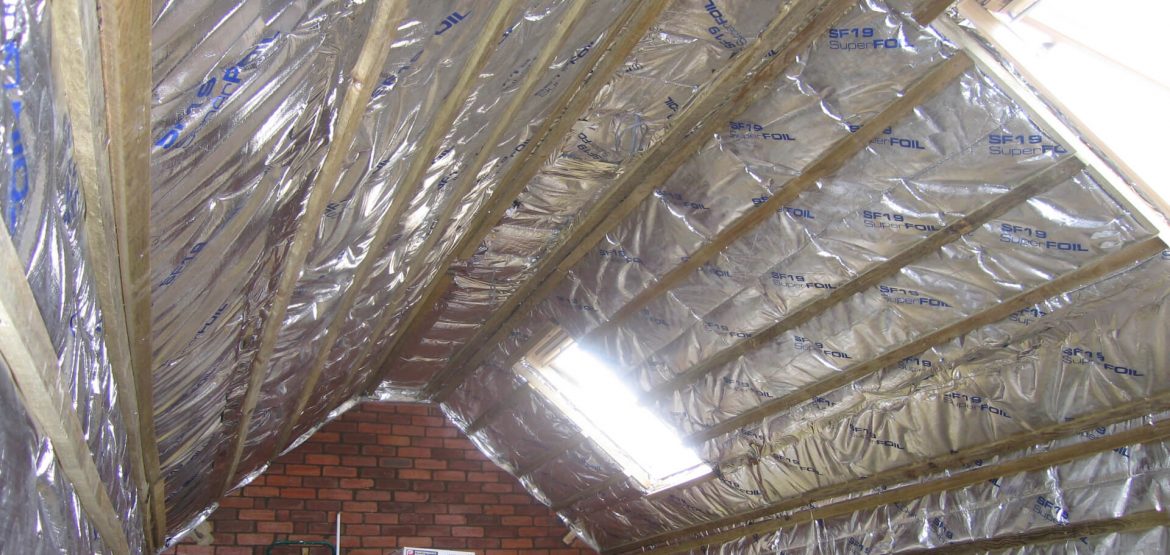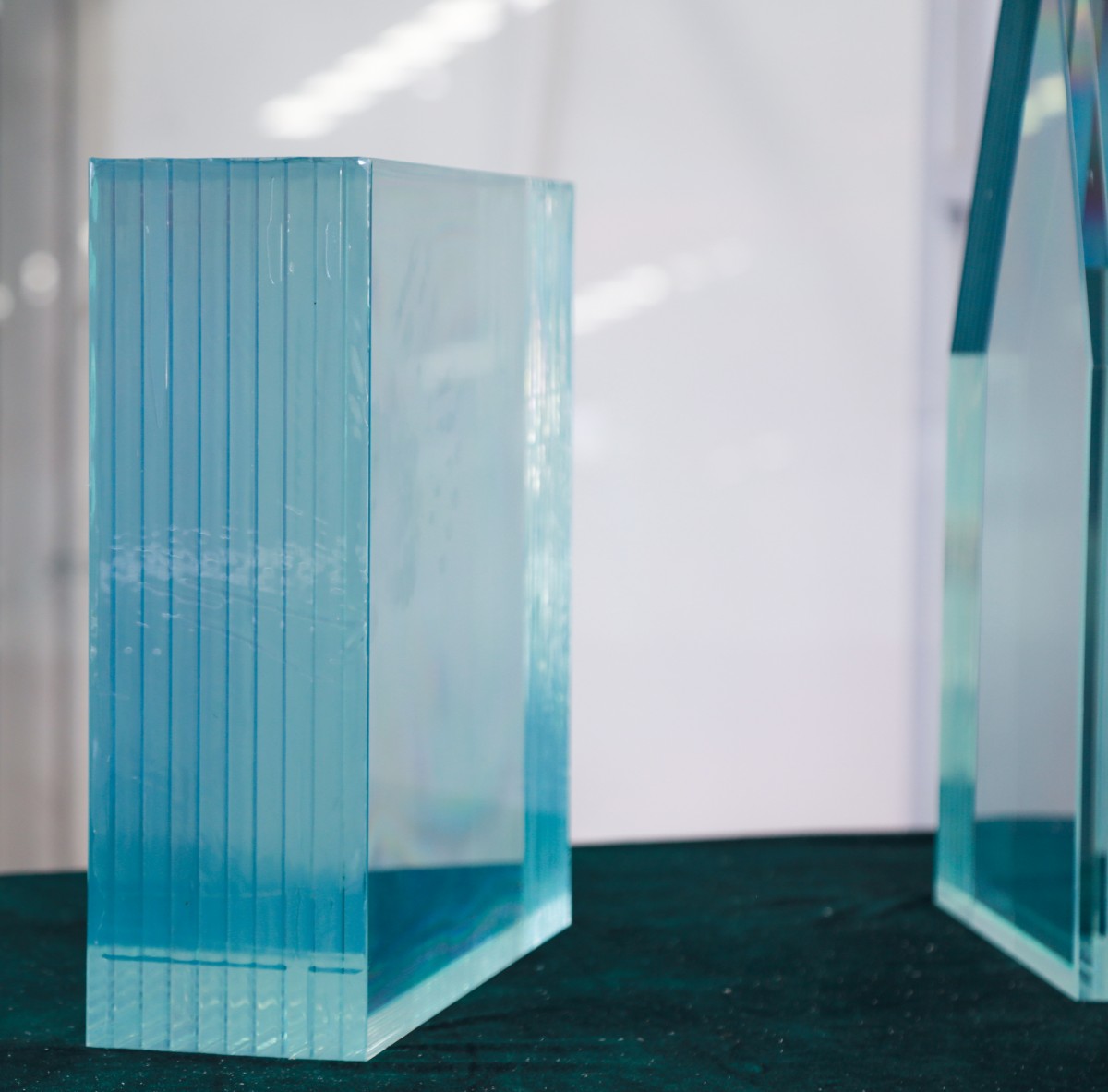Insulation plays a crucial role in maintaining comfortable indoor temperatures and reducing energy consumption. With a wide range of insulation materials available, it can be overwhelming to determine the easiest and most effective option for your needs. In this comprehensive guide, we will explore various insulation materials and their suitability, providing you with the knowledge to make an informed decision.
- Fiberglass Insulation:
Fiberglass insulation is one of the most commonly used and easiest insulation materials to install. Composed of fine glass fibers, it is available in batts, rolls, or loose-fill forms. Its flexibility and lightweight nature make it easy to handle and fit into various spaces. Additionally, fiberglass insulation offers excellent thermal performance and soundproofing capabilities, making it a versatile choice for both residential and commercial applications. - Cellulose Insulation:
Made from recycled paper or plant fibers, cellulose insulation is an eco-friendly option that provides excellent thermal resistance. It can be blown into wall cavities or attics, ensuring a seamless and efficient installation process. Cellulose insulation is also known for its superior soundproofing qualities, making it ideal for reducing noise transmission between rooms or floors. - Spray Foam Insulation:
Spray foam insulation has gained popularity in recent years due to its exceptional insulating properties. It is applied as a liquid that expands and hardens into a solid foam, creating an airtight seal. This type of insulation is highly effective in preventing air leakage and reducing energy loss. While professional installation is recommended for spray foam insulation, it offers long-term benefits such as improved energy efficiency and enhanced structural integrity. - Mineral Wool Insulation:
Mineral wool insulation, often referred to as rock wool or slag wool, is made from natural minerals such as basalt or slag. It is available in batts or loose-fill form and offers excellent fire resistance and sound absorption properties. Mineral wool insulation is easy to handle and install, providing a durable and long-lasting solution for thermal insulation. - Reflective Insulation:
Reflective insulation is a unique type of insulation that utilizes reflective materials, such as aluminum foil, to reflect radiant heat away from the living space. It is commonly used in hot climates to reduce heat gain. Reflective insulation is relatively easy to install, as it typically comes in rolls or sheets that can be cut and fitted into desired areas. It is important to note that reflective insulation is most effective when combined with other insulation materials to provide comprehensive thermal protection.
Conclusion:
Choosing the right insulation material is essential for achieving optimal energy efficiency and comfort in your home or building. While there are various options available, fiberglass insulation, cellulose insulation, spray foam insulation, mineral wool insulation, and reflective insulation are among the easiest and most effective choices. Consider factors such as installation ease, thermal performance, soundproofing capabilities, and environmental impact when making your decision. By selecting the most suitable insulation material, you can create a well-insulated space that promotes energy savings and a comfortable living environment.


